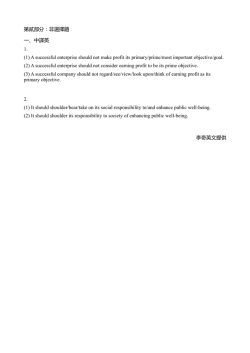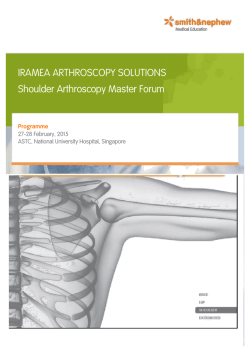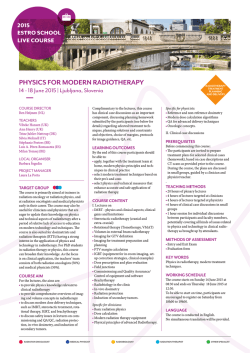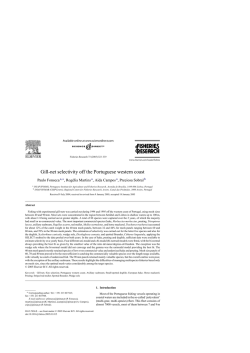
Radiotherapy or surgery for the axilla in node-positive
Correspondence only part of the axilla and the shoulder,4 and the full irradiation of level I–II nodes can need modified tangential beams including, at least in some patients, an increased portion of shoulder structures in the high dose volume. We would be grateful if Donker and colleagues could clarify any modifications of standard irradiation techniques applied in the trial, and could clarify the dose delivered to the shoulder structures by such modifications. Since different irradiation techniques5 might be applied to spare the shoulder, we hope that an analysis of the doses delivered in the AMAROS trial and of the related morbidity could be provided. Such analysis might exclude any additional shoulder morbidity due to axillary radiotherapy, or vice versa, and it might reveal an effect of axillary irradiation and thus justify the investigation of new irradiation techniques capable of adequate shoulder sparing. We declare no competing interests. *Paolo Farace, Maria Assunta Deidda, Maurizio Amichetti [email protected] Proton Therapy Unit, Azienda Provinciale per i Servizi Sanitari, Trento, Italy (PF, MA); and Radiotherapy Department, Regional Oncologic Hospital, Cagliari, Italy (MAD) 1 2 3 4 e54 Donker M, van Tisenhoven G, Straver ME, et al. Radiotherapy or surgery of the axilla after a positive sentinel node in breast cancer (EORTC 10981–22023 AMAROS): a randomised, multicentre, open-label, phase 3 non-inferiority trial. Lancet Oncol 2014; 15: 1303–10. Wernicke AG, Shamis M, Sidhu KK, et al. Complication rates in patients with negative axillary nodes 10 years after local breast radiotherapy after either sentinel lymph node dissection or axillary clearance. Am J Clin Oncol 2013; 36: 12–19. Nesvold IL, Fosså SD, Holm I, et al. Arm/shoulder problems in breast cancer survivors are associated with reduced health and poorer physical quality of life. Acta Oncol 2010; 49: 347–53. Farace P, Deidda MA, Iamundo I, et al. Bi-tangential hybrid IMRT for sparing the shoulder in whole breast irradiation. Strahlenther Onkol 2013; 189: 967–70. 5 MacDonald SM, Patel SA, Hickey S, et al. Proton therapy for breast cancer after mastectomy: early outcomes of a prospective clinical trial. Int J Radiat Oncol Biol Phys 2013; 86: 484–90. Authors’ reply We appreciate Lorenzo Livi, Icro Meattini, and Paolo Farace and colleagues’ comments on our AMAROS study1 which examined whether axillary radiation therapy can replace axillary lymph node dissection (ALND) and whether axillary structures could be better spared using axillary radiotherapy. We agree with Livi and Meattini that there are patients in the AMAROS trial for whom axillary treatment might have been withheld completely. However, although nomograms might predict residual nodal disease in patients with a positive sentinel node, they do not predict recurrences or the necessity of axillary treatment. The AMAROS trial,1 the ACOSOG Z0011 trial,2 and the IBCSG-23 trial3 show that decreasing axillary treatment does not reduce axillary recurrences or survival. Hence, there is an ongoing trend towards less (toxic) treatment. The AMAROS results show that axillary radiotherapy instead of ALND results in an equally low occurrence of axillary recurrence, with substantially less lymphoedema of the ipsilateral arm. We agree with Farace and colleagues that axillary radiotherapy could induce toxicity, particularly shoulder function impairment. In the AMAROS trial, we observed a temporary difference in shoulder function impairment at 1-year follow-up in favour of patients who underwent ALND, although this difference was not significant. However, in both groups, shoulder function improved in the next 4 years and there was no difference at 5-year follow up.1 We intend to address the toxicity of both ALND and axillary radiotherapy in more detail soon. Farace and colleagues are right: irradiation of the shoulder muscles can be diminished with modern axillary radiotherapy techniques. Because the AMAROS protocol was written and initiated in the late 1990s, a modified McWhirter technique was used to irradiate the axilla, including the periclavicular area. Nowadays, more sophisticated techniques are generally used whereby the axillary levels are delineated and irradiated according to planning target volume. We expect that these and other axillary radiotherapy techniques will further diminish the already low incidence of shoulder toxicity. The AMAROS trial will be updated at 10-year follow-up. We declare no competing interests. *Mila Donker, Leen Slaets, Emiel J Rutgers, Geertjan van Tienhoven [email protected] Department of Surgical Oncology, Netherlands Cancer InsƟtute, Amsterdam, Netherlands (MD); European Organisation for Research and Treatment of Cancer, Brussels, Belgium (LS); Department of Surgical Oncology, Netherlands Cancer Institute, Amsterdam, the Netherlands (EJR), and Department of Radiation Oncology, Academic Medical Centre, Amsterdam, the Netherlands (GvT) 1 2 3 Donker M, van Tienhoven G, Straver ME, et al. Radiotherapy or surgery of the axilla after a positive sentinel node in breast cancer (EORTC 10981-22023 AMAROS): a randomised, multicentre, open-label, phase 3 non-inferiority trial. Lancet Oncol 2014; 15: 1303–10. Giuliano AE, Hunt KK, Ballman KV, et al. Axillary dissection versus no axillary dissection in women with invasive breast cancer and sentinel node metastasis: a randomized clinical trial. JAMA 2011; 305: 569–75. Galimberti V, Cole BF, Zurrida S, et al. Axillary dissection versus no axillary dissection in patients with sentinel-node micrometastases (IBCSG 23-01): a phase 3 randomised controlled trial. Lancet Oncol 2013; 14: 297–305. www.thelancet.com/oncology Vol 16 February 2015
© Copyright 2025



